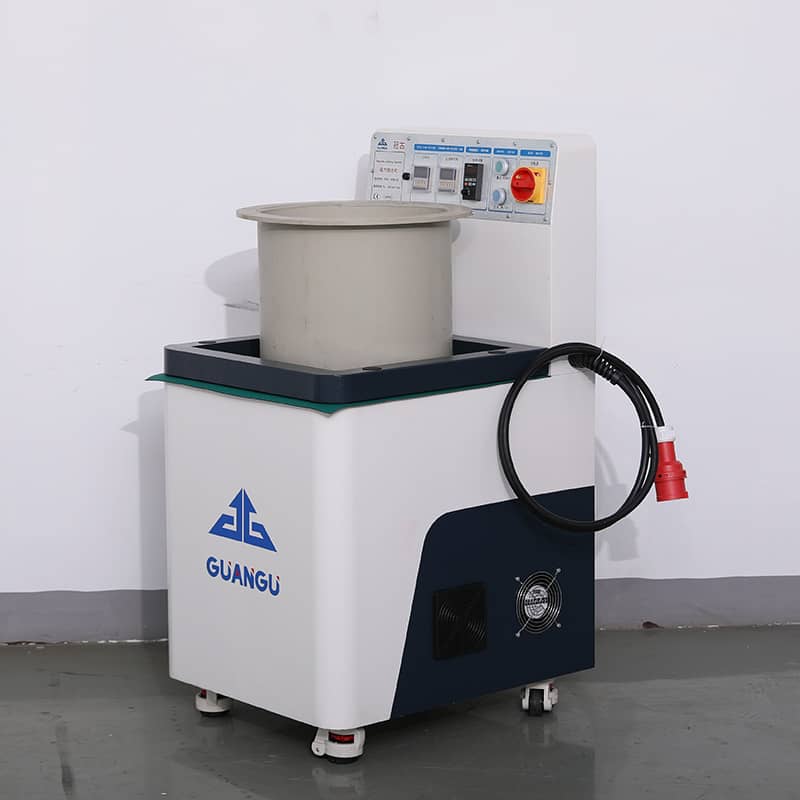Magnetic polishing machine plays the role of steel pipe polishing machine
In the field of steel pipe manufacturing, surface treatment technology is undergoing revolutionary changes. When the magnetic polishing machine meets the traditional steel pipe polishing process, this cross-border integration of precision machinery and metal processing is reshaping the industry's cognitive boundaries of polishing technology.

Traditional steel pipe polishing uses mechanical grinding or chemical treatment. The former has problems of low processing efficiency and poor surface uniformity, while the latter brings problems of wastewater treatment. A steel pipe manufacturing company once faced such a dilemma: the inner wall polishing of precision steel pipes with a diameter of 20mm and a length of 6 meters, the qualified rate using traditional processes is only 68%, each processing takes 45 minutes, and a large amount of metal dust is generated. This dilemma reflects the deep contradiction of traditional processes-it is difficult to achieve both processing accuracy and production efficiency.

The intervention of magnetic polishing machines has completely changed this situation. Its core principle is to drive magnetic abrasives through high-frequency alternating magnetic fields to form micron-level flexible cutting on the surface of steel pipes. This non-contact processing method enables the inner wall of micropores with a diameter of 0.5mm to obtain a mirror effect of Ra0.1μm. In the processing of automobile oil pipes, magnetic polishing not only reduces the inner wall roughness from Ra1.6μm to Ra0.2μm, but also shortens the processing time to 12 minutes/piece, and increases the qualified rate to 98.7%. This leap-forward performance improvement stems from the adaptive characteristics of magnetic lines of force to complex surfaces.
The innovative value of this technology is far more than efficiency improvement. In terms of environmental protection, magnetic polishing achieves an abrasive recycling rate of more than 95% and reduces wastewater discharge by 80%. After a Japanese-funded enterprise introduced this technology, the annual hazardous waste treatment cost was reduced by 2.4 million yuan. More importantly, the breakthrough in process control capabilities: by adjusting the magnetic field frequency and abrasive ratio, the surface roughness can be accurately controlled within the range of ±0.02μm, which is of decisive significance for the manufacturing of medical device pipes.
From automobile oil pipes to aviation hydraulic pipes, from building structure pipes to minimally invasive surgical instruments, magnetic polishing technology is expanding the new frontier of steel pipe applications. This technological breakthrough not only solves the pain points of traditional processes, but also opens a new era in precision pipe manufacturing. When the invisible hand of the magnetic field holds the future of steel pipe polishing, we see not only the improvement of surface smoothness, but also the clear trajectory of the entire manufacturing system's transition to green and intelligent.


